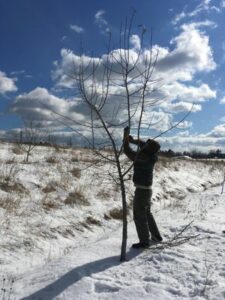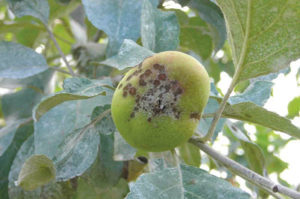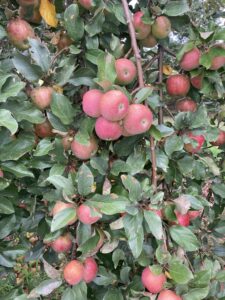Orcharding
Fruit trees are a wonderful asset for any farm or garden. Whether grown for the family homestead or to sell fruit, orchards provide a variety of benefits big and small.
On MOFGA’s campus in Unity, we have over 2 acres of experimental orchards, as well as another quarter acre tree nursery. Both sites act as test plots for soil amendments, cover crops, rootstocks, and trialing new and old fruit cultivars. MOFGA is also home to the Maine Heritage Orchard, a 10-acre educational preservation orchard. The orchard is already home to over 300 varieties of apples, plus some pears, traditionally grown in Maine — and more are being added each year.
Whether you want to plant two trees or two thousand, MOFGA has the resources and guidance to help you start your orchard.
2025 Orcharding Workshops
Each spring, MOFGA hosts a series of workshops covering theory and hands-on practice in organic fruit tree and orchard management. These classes are designed for beginner to intermediate orchardists managing backyard plantings to larger orchards. Stay tuned for the dates of our 2025 offerings!
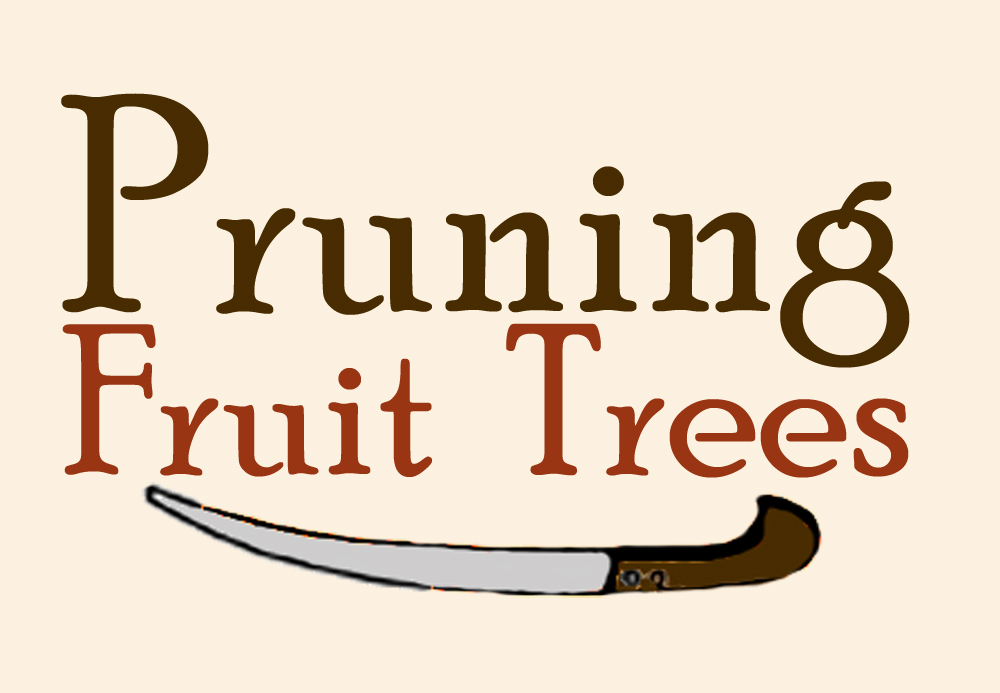
March 8, 2025
Learn to prune fruit trees to encourage vigorous growth, annual fruit set and quality fruit yield. Collection of scion wood and storage will also be discussed. Snow date: March 10.
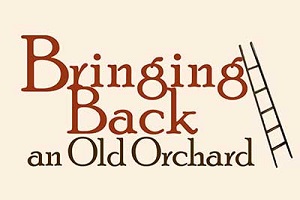
March 22, 2025
Learn various methods to demonstrate proper pruning of trees that have been unmanaged. This class differs from our pruning classes in that the trees we work with are older and have not been pruned in a long time. Snow date: March 17 and 24, respectively.
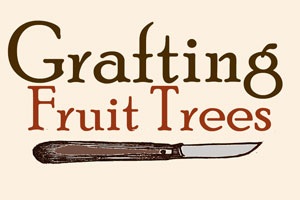
April 19, 2025
Learn to propagate and reproduce your favorite fruit tree varieties. Learn why to graft and the techniques for whip & tongue grafting. This workshop will be taught in person in Bethel.
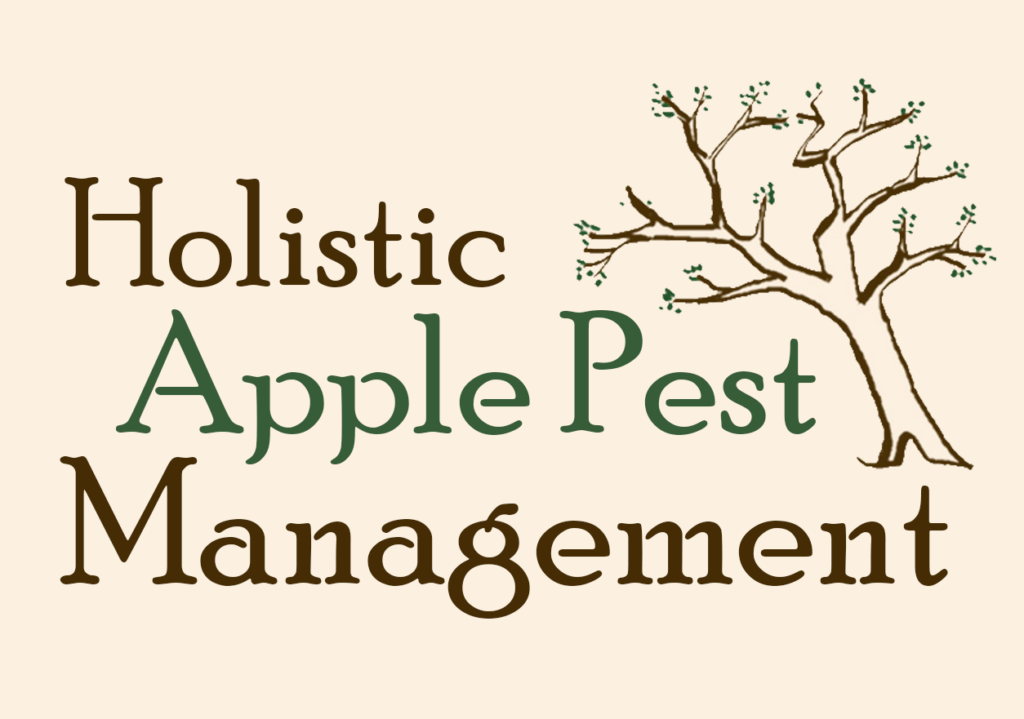
March TBA
Taught by Mike Biltonen, this webinar is an introduction to the art and science of Holistic Integrated Pest Management (IPM) from a biodynamic perspective.
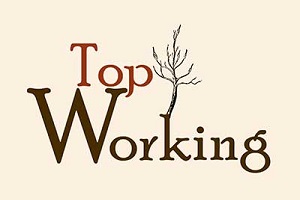
April TBA
Learn to topwork new, disease-resistant, cider, dessert or heritage varieties onto your existing trees.
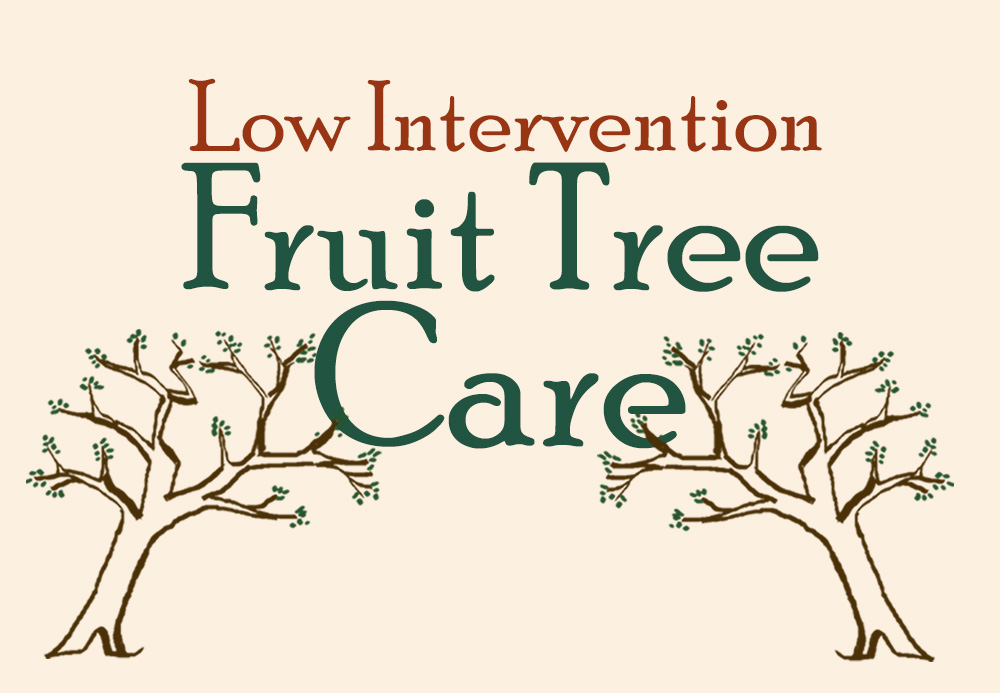
June TBA
Join this online presentation (with Q&A period) on Low Intervention Fruit Tree Care. Aimed at beginners & focused on strategies to employ to grow organic fruit with as little intervention as possible. Registration opening soon.
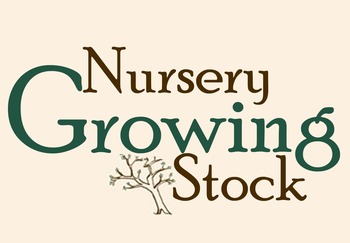
August TBA
An introduction to the practices involved in growing nursery stock, like apple and other fruit seedling trees. The focus will be on bud grafting, which involves grafting a growth bud onto rootstock in late summer. Registration opening in spring.
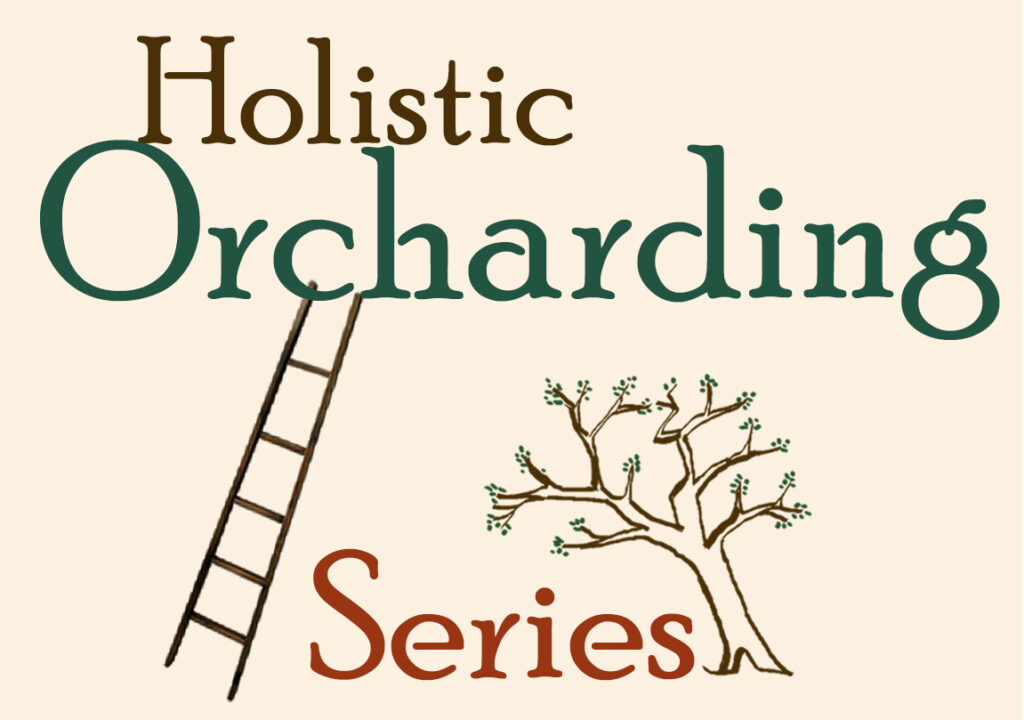
April 9, 16 & 30, 2023
Join Mike Biltonen for this 3-part series (online) exploring a holistic and effective approach to caring for fruit trees! The focus will be on pest management, holistic pomology and soils. Beginners welcome!
What is an orchard?
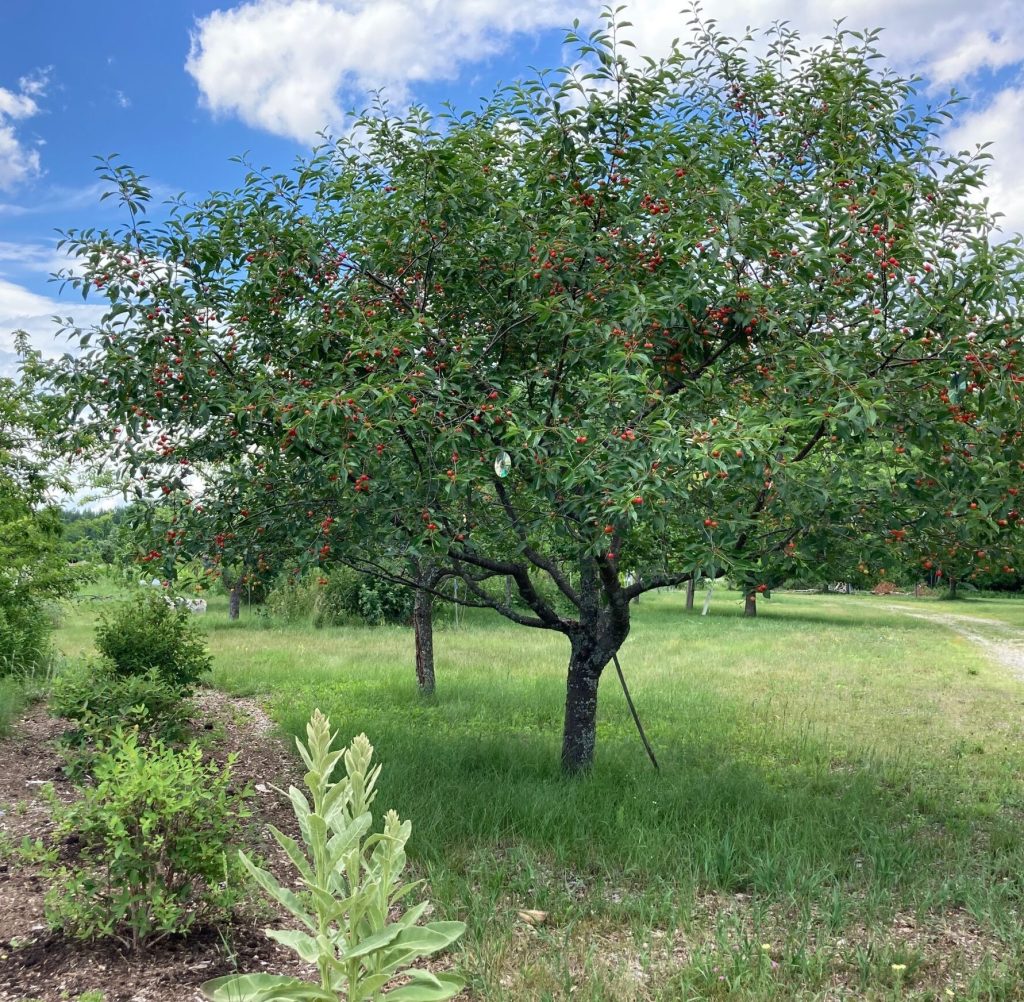
Simply put, an orchard is land planted with fruit trees. An orchard can be a source of food for families or a business enterprise for farmers. Orchards, like MOFGA’s Maine Heritage Orchard, can also help preserve the genetic diversity of fruit crops.
When people think of orchards, many think of apple orchards. The hardy trees can withstand cold Maine winters and there are many varieties to choose from — so many that MOFGA even has a day dedicated just to celebrating apples! An apple orchard may also include crabapples, with fruit that can range from dessert-eating quality to those better left for the birds to enjoy.
In Maine, you can also easily grow pears. With some finesse, cherry trees (sour, sweet, or nanking) and peach trees will also bear fruit in Maine. Orchards can also include non-tree fruits, such as elderberries, aronia, and highbush blueberries.
Starting an orchard
Now that we know what an orchard is, let’s get into the basics of starting your own orchard. The main thing to keep in mind is that starting an orchard takes time. Depending on what you plant, your orchard won’t produce fruit for the first or even second year, but patience will reap sweet rewards.
What you need
The basic requirements for planting an orchard are land, sun, and water. However, you will also want to consider soil-building practices, pest control, and long-term care for your orchard.
Tools and supplies
Depending on the scale of your orchard, you may need different tools for planting and maintenance. The University of Vermont has a great resource page on all the tool you’ll need. They cover all the necessary things you’ll need from start to finish for growing an orchard.
Another thing to keep in mind is pest and disease control throughout the season. Using homemade solutions for monitoring pests is a great way to see if pest pressures are reaching a threshold at which they’ll become a problem. Pest prevention for specific threats to apples, from roundheaded apple borers to apple sawfly, are detailed here.
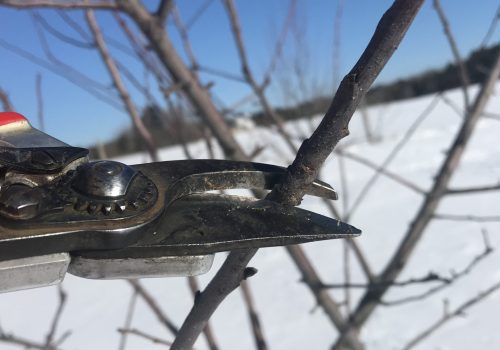
Site selection
Unless you are buying land, choosing your site is limited by the property that you already own or manage. The best sites for fruit crops have well-drained, deep, fertile soils, with full sun and protection from wind. A site with a gentle slope that gets six to eight hours of full sun per day is ideal. Good air flow moderates fungal diseases. Choose the site on your land that encompasses as many of these features as possible. For an example of planting an orchard in a previously wooded space, check out how Deer Isle Hostel planted their “unfettered orchard.“
Avoid the temptation to plant less-hardy varieties, especially early bloomers, on sunny south- or west-facing slopes. These sites tend to warm up before the danger of frost has passed. Trees may flower early, then suffer frost damage resulting in diminished yields or even a complete loss of that year’s fruit crop.
When planning your orchard, keep in mind that a standard apple tree needs 30 feet, a semi-dwarf needs 15 feet, and a dwarf needs 10 feet of space per tree.
Choosing a tree
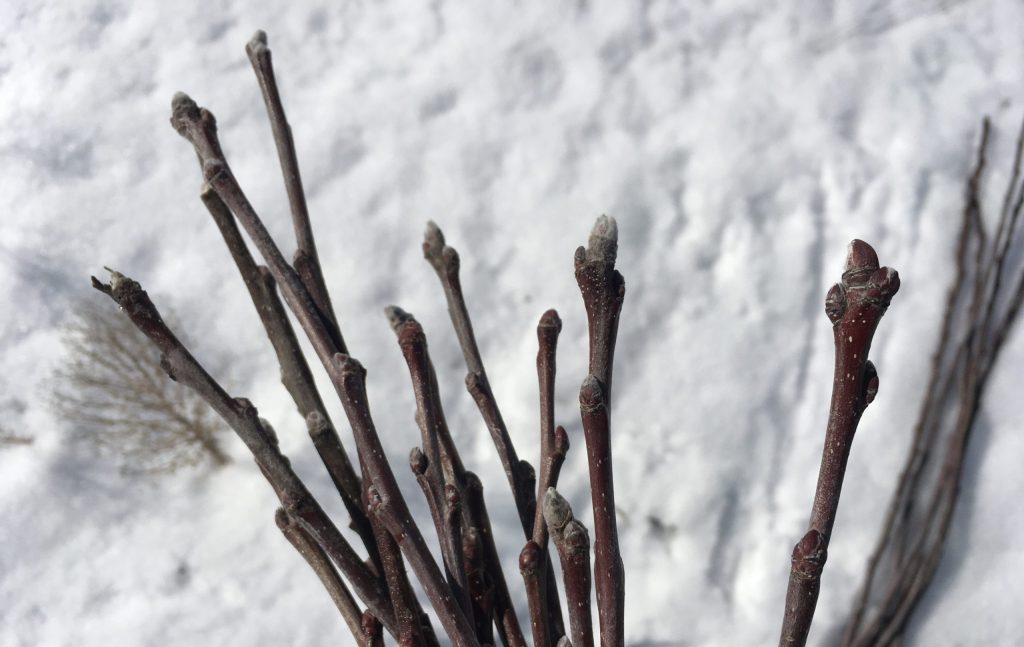
Most fruit trees do not grow true-to-type from seed. Instead, most trees sold are grafted: A small piece of a known cultivar, called scionwood, is grafted onto rootstock. The fruit type is determined by what is grafted onto the rootstock, while the rootstock determines the size of the tree and how and when it will bear fruit. A mature tree on standard rootstock can reach 25 feet or more and bears fruit in about five years under ideal conditions. A semi-dwarf will grow to 70 to 80% of the size of a standard, bearing in three to four years, and a dwarf will grow 6 to 8 feet and bear in two to three years.
Rootstock and varietal selection
Rootstock also affects the lifespan of your apple tree. A standard tree will live over 100 years. The old trees that we pick now are all standard trees. A semi-dwarf tree will live about 10 to 15 years; a dwarf will live about 10 years. Dwarf trees usually need a trellis or support system. Many dwarf and semi-dwarf root systems are sensitive to cold, wet soils, and drought. But some roots anchor better than others. You can learn more about rootstock and grafting here.
There are hundreds of apple varieties to choose from. The Maine Heritage Orchard’s searchable database is great reference for apples that are known to produce well in Maine. You can look up apples by name to learn more about their origin, uses (from cider to livestock feed to molasses), distinctive features, and look-a-likes. You can also sort the accessions by those same parameters to help identify an apple that is, say, blocky with red skin and a russet cavity or yellow with prominent dots. Another useful feature is the ability to sort by season — so you can choose varieties that will fruit at different times.
Planting your tree
Dig a large hole at least twice as wide and 6 inches deeper than the tree’s root system. A larger hole is more beneficial. Next, mix a quart of rock phosphate, azomite, and a few shovels of compost with the soil. Try to plant on an overcast day or late in the afternoon. Soak the tree in a bucket of water for a few hours before planting and don’t let it dry out while planting. Nestle your tree into the hole so that it will grow at the same height it was in the nursery.
Spread the roots in the hole, but don’t let them wrap around the hole. Then, refill the hole, making sure no air pockets form around the roots by gently tamping the soil. Build a bowl or rim at the top of your hole that will hold water and then thoroughly soak the soil. Apply at least 1 inch of water per week – via rain or irrigation – during the entire first year. Lastly, mulch with wood chips.
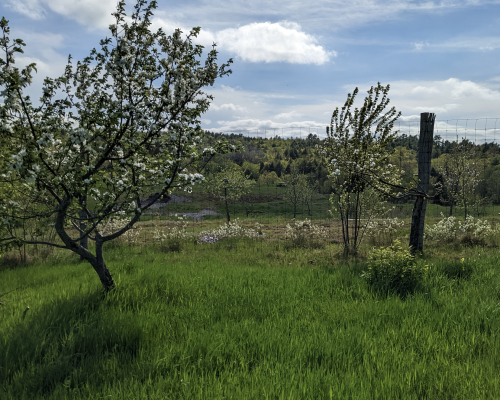
Keeping good records
Keep good records. Label your tree with the varietal name on a metal tag; the plastic nursery tags that often come with trees are temporary. Write the names in a book. Make a map in a place that you won’t lose it — perhaps painted on the inside wall of an adjacent barn.
Maintaining your orchard
So you have an established orchard. Great! However, there’s so much more to explore, like making sure your orchard is ready for all seasons. Here’s a handy calendar for orchard activity throughout the year.
Mulching and fertilizing
Mulch is material laid on the ground in order to shade out weeds and conserve moisture. Mulches may be either organic or inorganic. Organic mulches are especially desirable, because they can be turned under in the fall or following spring and will add organic matter to the soil. Organic mulches are best applied after the soil has become warm and shortly after a heavy rain. Straw, old hay (watch for weed seeds!), grass clippings, leaves, wood chips, newspaper and sawdust are common organic mulches. Fruit trees do well with wood chips because these help cultivate beneficial microorganisms.
Cultivate before piling on the mulch, and pile it on thick (3 to 6 inches for hay, for example; or six sheets of newspaper covered with a few inches of hay to hold it down) to prevent the weeds from growing through.
Fertilizing is a more complex matter. Each tree requires different nutrients depending on the soil type and the type of fruit. You can read up on each individual fruits’ needs above in the “What is an orchard?” section. You may also consider planting dynamic accumulators, such as comfrey, stinging nettle or red clover, in your orchard ecosystem. Tap-rooted plants absorb nutrients from deeper layers of the soil profile, as they die and decompose, their plant matter and nutrients become available to other plants in the orchard.
Pruning
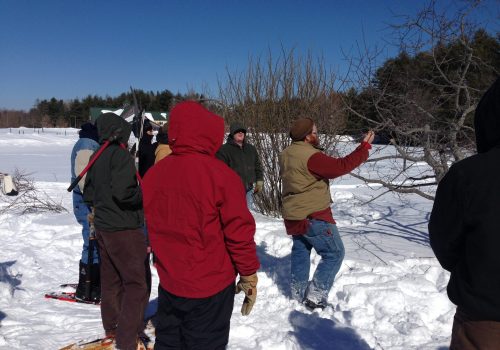
Cutting back branches on your trees, or pruning them, determines the shape of the tree, while promoting healthy growth. Basic tools for pruning include loppers, a hand saw, a pole pruner and a ladder. When pruning, cut each branch down to the collar branch, or where the branch meets the tree trunk. Make sure not to cut the collar when doing this, though. The collar protects the trunk from diseases and pests. But make sure not to make too shallow a cut and leave a stub instead — the stump will die and create other problems. Instead, make two cuts to the branch: one that cuts a majority of the branch off to prevent it from snapping, and another to cut the stub from the tree. This skill is best learned by doing — check out MOFGA’s event calendar for workshop opportunities.
Planning ahead
Preparing for the season ahead should be done two to three months out. One of the most important aspects of your orchard is to ready it for winter. Autumn is a great time in the orchard because you get to share the harvest with your family and community. Autumn is also a great time to clean up the orchard, prepare trees for winter and start thinking about next year’s bloom. If you don’t think ahead and prepare for the colder winter months, you run the risk of winter injury in your trees and fruit.
Orcharding Videos
How to start an orchard

10:01

50:35
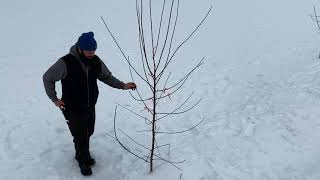
2:00
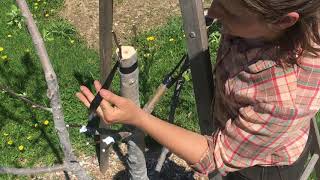
Featured orcharding resources
Ask an Organic Specialist
Still have questions about starting an orchard or maintaining one? Get in touch with one of the many specialists at MOFGA who can answer a variety of questions.
- Ask C.J. Walke questions about volunteering in or touring the Maine Heritage Orchard
- For inquiries about apple identification please email John Bunker
